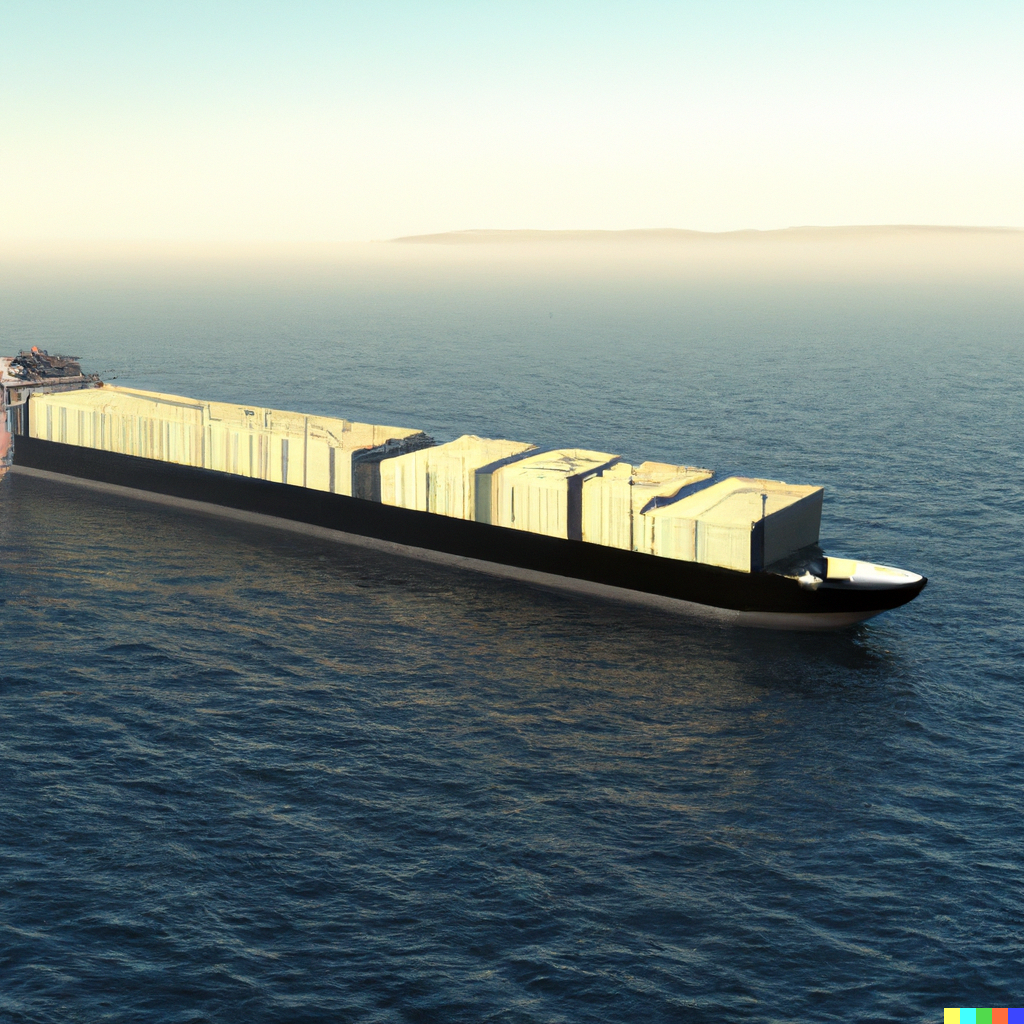October 29 | SupplyChainTech Supply Chain Technology

In an increasingly interconnected global economy, supply chain and logistics technology (SupplyChainTech) has become the backbone of modern commerce. From predictive analytics to autonomous delivery, digital innovation is redefining how goods move across the world. Companies that once relied on manual processes and legacy systems are now embracing smart, data-driven solutions to achieve agility, visibility, and sustainability.
This article explores the current landscape of SupplyChainTech, the technologies shaping the future, and how businesses can adapt to stay competitive in this rapidly evolving space.
Over the past decade, the supply chain industry has undergone a massive digital transformation. Global disruptions — from pandemics to geopolitical shifts — exposed the fragility of traditional models and accelerated the adoption of technology to build resilience.
According to Gartner, over 75% of supply chain leaders have increased investment in digital tools since 2020. These technologies are helping organizations anticipate disruptions, optimize inventory, reduce costs, and improve customer satisfaction.
Key trends driving digital transformation include:
Let’s dive into the technologies redefining the supply chain and logistics industry:
AI-driven predictive analytics allows companies to forecast demand, identify bottlenecks, and make smarter routing decisions. ML algorithms continuously improve accuracy by learning from real-world data — enabling dynamic decision-making that was impossible before.
IoT devices, such as sensors and RFID tags, provide end-to-end visibility across the supply chain. Companies can monitor the location, temperature, and condition of goods in real time, reducing loss and ensuring quality — especially for perishable and high-value items.
Blockchain technology enhances transparency and trust. By recording transactions in immutable ledgers, it helps prevent fraud, ensures authenticity, and simplifies compliance for industries like pharmaceuticals and food logistics.
From autonomous guided vehicles (AGVs) in warehouses to drone delivery systems, automation is improving operational efficiency and reducing labor dependency. Robots are now collaborating with human workers to perform repetitive tasks, freeing up teams for more strategic work.
Cloud-based platforms enable real-time data sharing and collaboration across global supply networks. Meanwhile, digital twin technology creates virtual replicas of supply chains — allowing companies to simulate scenarios, test strategies, and identify risks before implementing changes.
Modern supply chains are increasingly data-centric. Companies are leveraging analytics platforms to transform raw data into actionable insights — optimizing routes, minimizing lead times, and predicting maintenance needs for fleets and equipment.
With the right analytics tools, businesses can:
Sustainability is no longer optional — it’s a competitive advantage. SupplyChainTech enables companies to meet environmental goals while improving efficiency.
Examples include:
By integrating sustainability metrics into logistics operations, organizations can both cut costs and strengthen brand reputation.
The COVID-19 pandemic highlighted how fragile global supply networks can be. Now, resilience is a strategic priority — and technology plays a crucial role in achieving it.
Resilient supply chains use:
This proactive approach helps companies maintain operations, even in volatile conditions.
Despite its advantages, implementing SupplyChainTech isn’t without challenges:
Organizations must balance innovation with practicality — focusing on scalable, interoperable solutions and investing in upskilling their workforce.
The next wave of innovation is already on the horizon. Expect to see:
In short, SupplyChainTech is moving from digital adoption to digital orchestration — where every component of the supply chain works in harmony, guided by intelligent systems.
SupplyChainTech isn’t just about tools — it’s about transformation. The convergence of AI, IoT, blockchain, and automation is creating a smarter, more resilient global logistics ecosystem. Businesses that harness these technologies will not only survive disruption but thrive in the era of intelligent supply chains.
The future belongs to those who can see the big picture — and use technology to connect every link in it.
SHARE THIS:
© Copyright 2025Global Tech AwardsAll Rights Reserved